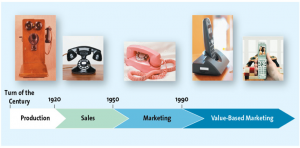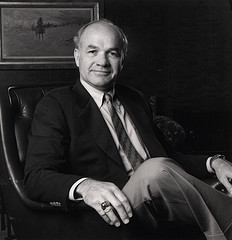One of our group members suggested that we choose Abercrombie and Fitch as our company for marketing project. There are four boys in the group, who have different backgrounds with different interests in clothing style: Muieen is obsessed with Hawaiian shirt, which he believe can replace any formal suits in any formal events. We had some arguments and disagreements as we we deciding our target market and as we were rapping.
Learning the importance of identifying target market for a company is the biggest lesson from this project. Second lesson I learned from this project is how important it is to have respect for teammates’ voices in every decision making. I had the most subtle idea of the term “marketing” that all commercials which companies made were just natural results, not a product of efforts and consideration of target market.
For example, A&F specifically targets 18-22 years old young generation customers to look cool, sexy and attractive in all American style. The CEO, Michael Jeffrey, sometimes explicitly announces how bad he targets those good-looking people as their customers. It was interesting to see how companies sometimes fail in targeting customers. P&G targeted their product, Swifter, to women but found out later how Italians love the product and makes lots of profit in Italy.
Our group criticized the company’s strategies with the 4Ps (price, product, place, and promotion) and made recommendations for them in our own rights. This project helped me understand what Rui Da Silva, my marketing professor, said, “marketing is everything.” I can apply these experiences to know what my STPs (segmentation, targeting, and positioning.) I can start now marketing myself to the world.






